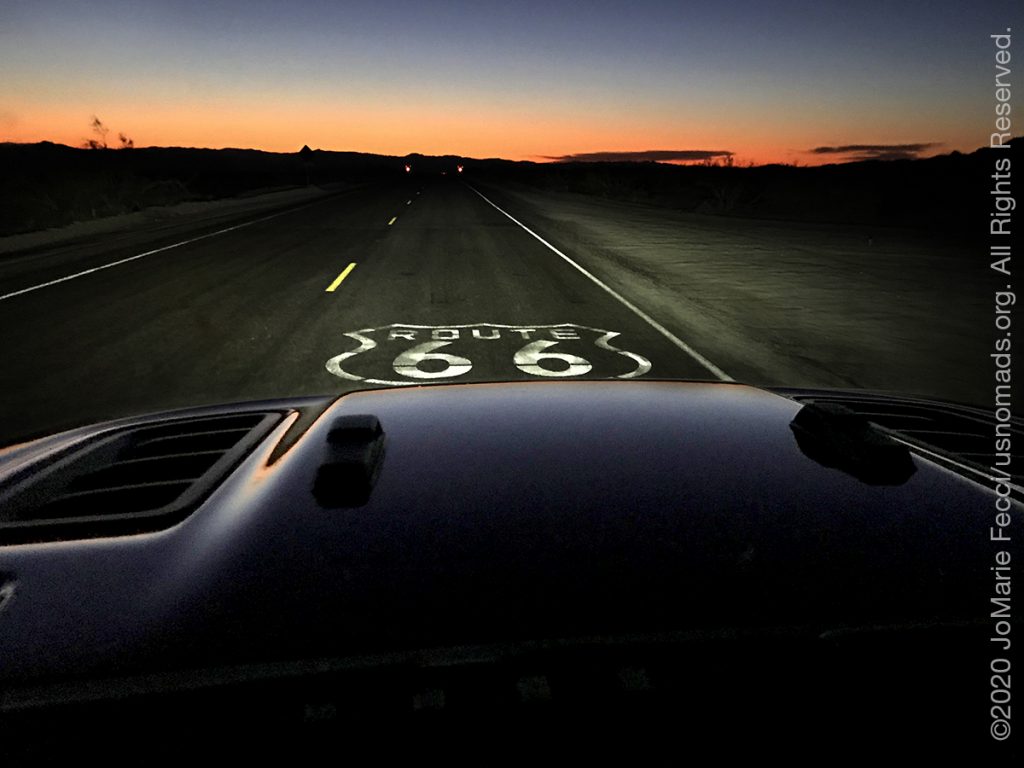
As things begin to “re-open” post-pandemic many of us are anxious to get back outside and back on the road. “Back to normal.” However, things are not exactly “normal” and we really have no idea when they will be again. So here are a few tips on planning our outdoor adventures during this transition period.
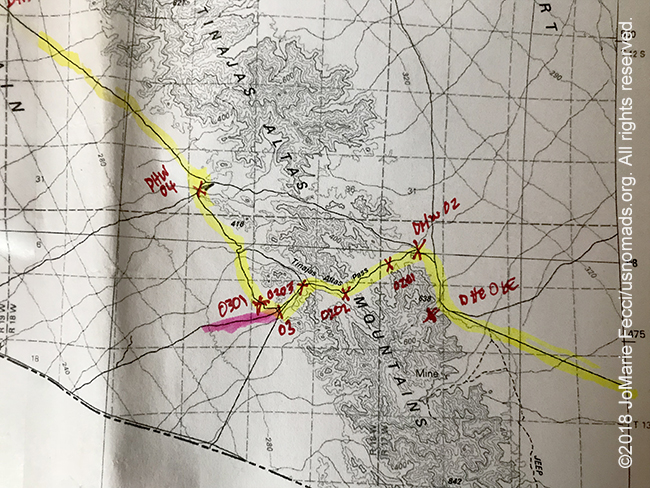
Deciding where to go as things begin to “re-open” raises a few new planning considerations. Some things to consider are how crowded a location may be (ironically the outdoors seems to have become more popular during “stay-at-home” weeks), how easy it will be to maintain your distance once you set up camp, and what kind of access will you have to supplies in the local area. Do your research.
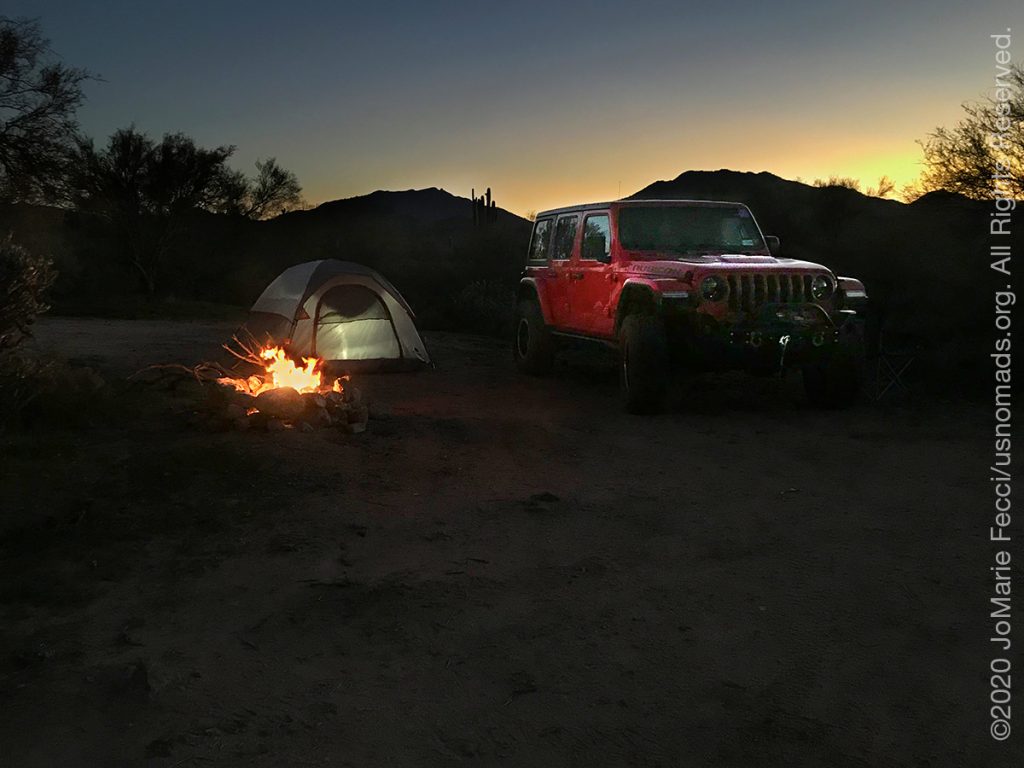
The outdoors in some parts of the country has been “closed” to recreation and camping in various degrees and not everything is opening at once, so it is important to check the status of the locations you are considering traveling in with the appropriate land management authorities. Some places are completely open as “normal” while others still have partial restrictions in place. So while dispersed camping might be permitted, campgrounds may still be closed, or the reverse. Check before you go.
It also makes sense to check on the status of usual facilities — just because a particular park is open does not necessarily mean that the restrooms are open or that there is water available.
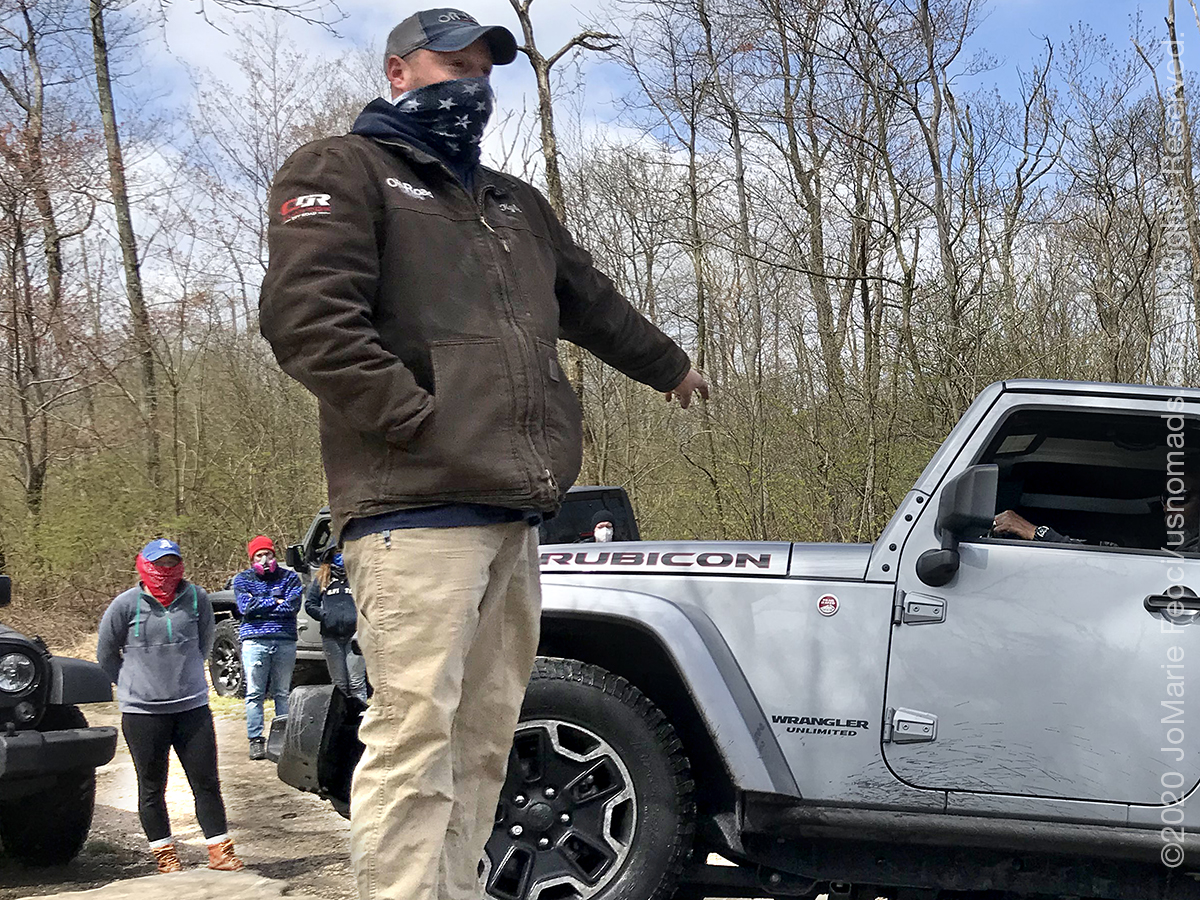
Its a good idea to carry face-coverings and gloves for those moments when you may need them, even if you are planning to be mostly in the backcountry. You may still need to “wear the mask” when you stop in to a store to resupply en route and you want to avoid touching the gas pump handle or credit card keypad when getting fuel.
If part of your journey includes the highway, make sure to plan “relief stops” where there are open restrooms since many of the usual visitor centers and rest stops on the highways may still be closed.
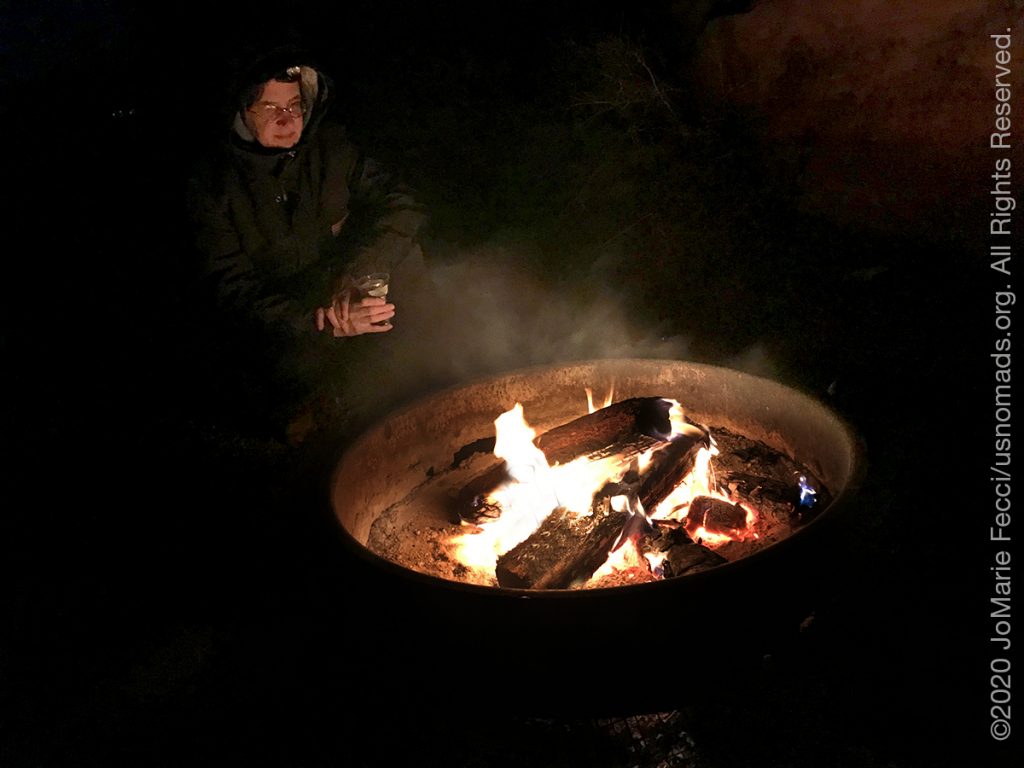
As many restaurants remain closed and those open for take-out may have reduced hours it is important to have some flexibility and be prepared to be self-sufficient with food supplies for the length of your journey. It is also good to find out which local stores are open and what their hours are.
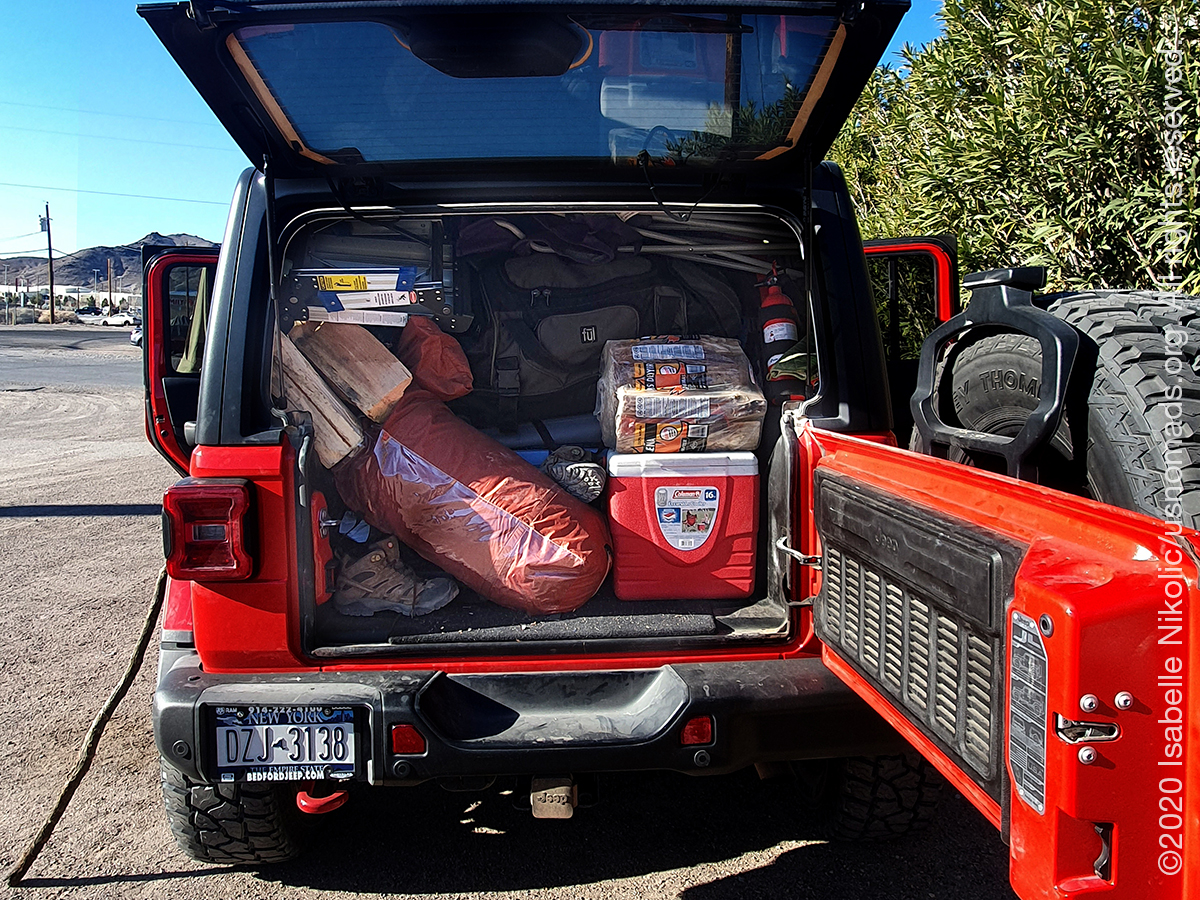
With all the pandemic hoarding there are still many items that remain in short supply. If you are planning to be on the road for more than a few days you should make sure you have medications that might be needed if you were to get sick, such as acetaminophen and cough medicines. It is also a good idea to bring vitamin C, zinc and/or “Airborne” if you use these, as they, too, may be hard to find on pharmacy shelves as you travel. Finally, don’t forget an ample supply of tissues, disinfectant wipes, and hand sanitizer.